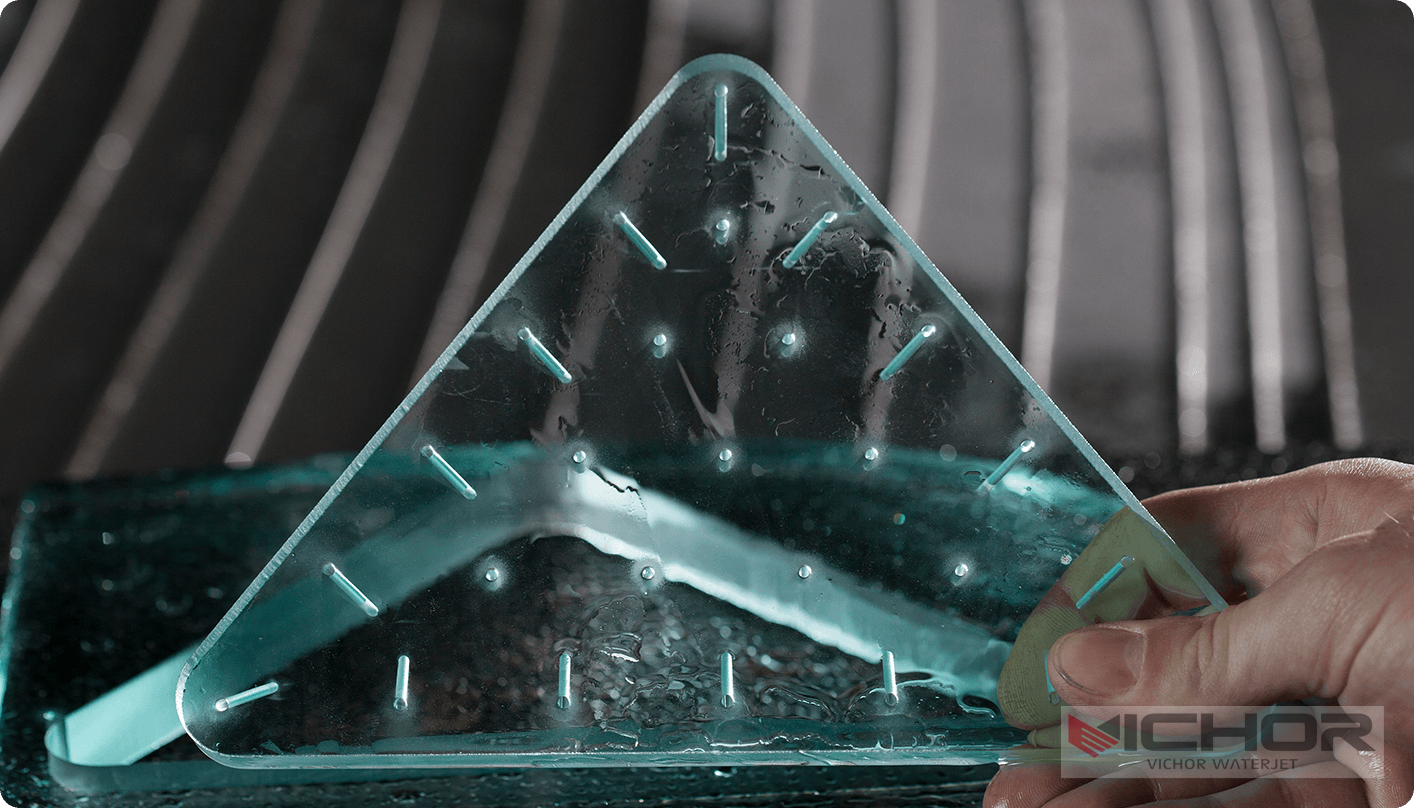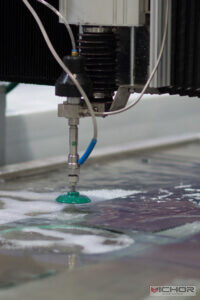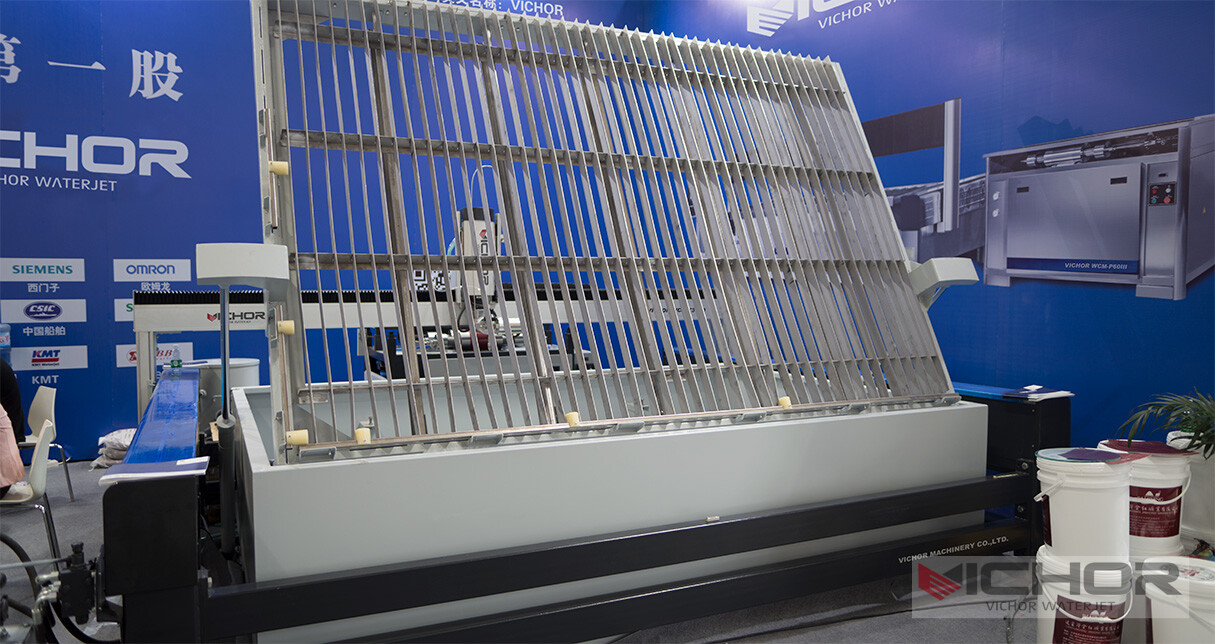
7 Key Aspects of Abrasive Air Jet Machining You Need to Understand
Abrasive air jet machining is a non-traditional machining process that has gained significant attention in modern manufacturing due to its precision, versatility, and efficiency. This method utilizes a high-velocity stream of air mixed with abrasive particles to erode material from a workpiece, enabling intricate cuts and fine finishes on a wide range of materials. Unlike conventional machining techniques, abrasive air jet machining does not involve direct tool contact, reducing heat-affected zones and minimizing mechanical stress. As industries increasingly seek sustainable and precise manufacturing solutions, understanding the fundamentals of abrasive air jet machining becomes essential. This article delves into seven critical aspects of abrasive air jet machining, providing a comprehensive overview for engineers, technicians, and enthusiasts looking to harness its potential. From its working principles to practical applications, we will explore how abrasive air jet machining stands out in the competitive landscape of material processing technologies.
What is Abrasive Air Jet Machining?
Abrasive air jet machining is a advanced machining process that involves directing a high-speed jet of compressed air mixed with fine abrasive particles onto a workpiece to remove material through erosion. This technique is particularly valued for its ability to handle hard, brittle, or heat-sensitive materials that are challenging to process with traditional methods. The core components of an abrasive air jet machining system include an air compressor, a mixing chamber where abrasives are introduced, a nozzle to focus the jet, and a control unit for precision. The abrasives, typically made of materials like garnet or aluminum oxide, act as cutting tools, propelled by the air stream to achieve material removal without generating excessive heat. This makes abrasive air jet machining ideal for applications requiring high accuracy and minimal thermal distortion. As a subset of jet machining technologies, abrasive air jet machining offers distinct advantages in terms of flexibility and environmental impact, making it a go-to choice for industries such as aerospace, automotive, and electronics. By leveraging the kinetic energy of abrasive-laden air, this process enables clean cuts, drilling, and surface treatment with remarkable consistency.
How Does Abrasive Air Jet Machining Work?
The working mechanism of abrasive air jet machining revolves around the conversion of pressurized air into a high-velocity jet that carries abrasive particles to the workpiece. Initially, compressed air is generated and stored at high pressures, often ranging from 50 to 150 bar, depending on the application. This air is then channeled into a mixing chamber, where abrasive particles are fed from a hopper and entrained into the air stream. The mixture accelerates through a specialized nozzle, typically made of durable materials like tungsten carbide, which focuses the jet into a coherent stream reaching speeds of up to 300 m/s. Upon impact with the workpiece, the abrasive particles erode the material through micro-cutting and brittle fracture mechanisms, effectively removing small fragments without causing significant heat buildup. The process parameters, such as air pressure, abrasive flow rate, nozzle diameter, and standoff distance, are meticulously controlled to optimize performance. For instance, higher pressures increase cutting speed but may require finer abrasives for delicate work. The absence of direct tool contact in abrasive air jet machining reduces wear and tear, ensuring long-term reliability. This efficient material removal process is computer-numerically controlled (CNC) in many setups, allowing for complex geometries and repeatable results in abrasive air jet machining operations.
Advantages of Abrasive Air Jet Machining
Abrasive air jet machining offers numerous benefits that make it a preferred choice in various industrial sectors. One of the primary advantages is its ability to process a wide array of materials, including metals, ceramics, composites, and glass, without inducing thermal damage. Since no heat is generated during cutting, there is no risk of altering material properties or creating heat-affected zones, which is crucial for heat-sensitive applications. Additionally, abrasive air jet machining is a cold-cutting process, ensuring minimal mechanical stress on the workpiece, thereby preserving structural integrity. Another significant advantage is the high precision and flexibility it provides; the jet can be maneuvered to produce intricate shapes and fine details with tolerances as tight as 0.1 mm. This precision is complemented by the process’s versatility in handling both thin sheets and thick sections. Environmentally, abrasive air jet machining is considered clean, as it produces no hazardous fumes or waste, and the abrasives can often be recycled. Moreover, the non-contact nature of abrasive air jet machining reduces tool wear and maintenance costs, leading to lower operational expenses over time. These advantages collectively enhance productivity and quality in manufacturing, solidifying the role of abrasive air jet machining in modern engineering.
Applications of Abrasive Air Jet Machining
The applications of abrasive air jet machining span multiple industries, leveraging its precision and material versatility. In the aerospace sector, it is used for cutting complex components from superalloys and composites, such as turbine blades and structural parts, where dimensional accuracy is critical. The automotive industry employs abrasive air jet machining for trimming composite panels, engraving parts, and deburring metal components, ensuring high-quality finishes without compromising material strength. In electronics, this process is ideal for micromachining delicate substrates and circuit boards, enabling fine features without thermal damage. The construction and glass industries utilize abrasive air jet machining for shaping and cutting hardened materials like tempered glass and ceramics, often in architectural designs and artistic installations. Additionally, medical device manufacturing benefits from abrasive air jet machining for producing intricate implants and surgical tools from biocompatible materials, where cleanliness and precision are paramount. Other applications include prototyping, where rapid and accurate material removal is needed, and recycling operations, where abrasive air jet machining helps in separating materials. The adaptability of abrasive air jet machining to various scales—from macro-sized industrial parts to micro-scale components—highlights its broad utility and growing adoption across sectors.

Materials Compatible with Abrasive Air Jet Machining
Abrasive air jet machining is compatible with a diverse range of materials, making it a highly versatile process. Metals such as steel, aluminum, titanium, and brass can be effectively machined, with the abrasives capable of eroding even the hardest alloys without inducing cracks or distortions. Ceramics and glass, which are prone to chipping under conventional methods, are well-suited for abrasive air jet machining due to its controlled erosion mechanism, allowing for smooth cuts and edges. Composite materials, including carbon fiber and fiberglass, are also commonly processed using abrasive air jet machining, as it prevents delamination and fiber pull-out that can occur with mechanical cutting. Polymers and plastics, though softer, can be machined with adjusted parameters to avoid melting or deformation. Additionally, brittle materials like silicon and graphite used in electronics benefit from the non-thermal nature of abrasive air jet machining. The key to compatibility lies in selecting appropriate abrasive types and sizes; for instance, finer abrasives are used for delicate materials to minimize surface roughness. This wide material range underscores the flexibility of abrasive air jet machining, enabling its use in hybrid applications where multiple materials need to be processed simultaneously.
Key Parameters in Abrasive Air Jet Machining
Several parameters critically influence the efficiency and outcome of abrasive air jet machining, and optimizing them is essential for achieving desired results. Air pressure is a fundamental parameter; higher pressures increase jet velocity and cutting depth but may require more energy and cause faster nozzle wear. The abrasive flow rate determines the quantity of particles in the jet, affecting material removal rates—too low a rate can lead to inefficient cutting, while too high can cause excessive wear. Nozzle diameter plays a role in jet focus; smaller diameters provide finer cuts but may limit depth, whereas larger ones allow for broader material removal. Standoff distance, the gap between the nozzle and workpiece, impacts cut quality and kerf width; a shorter distance enhances precision but risks nozzle damage from rebound particles. Abrasive type and size are also crucial; harder abrasives like silicon carbide suit tough materials, while softer ones like baking soda are used for sensitive surfaces. Additionally, traverse speed—the rate at the jet moves across the workpiece—affects cut smoothness and time; slower speeds yield better finishes but increase processing duration. By carefully adjusting these parameters, operators can tailor abrasive air jet machining for specific applications, balancing speed, accuracy, and cost-effectiveness.
Comparison with Other Machining Processes
When compared to other machining processes, abrasive air jet machining exhibits unique characteristics that set it apart. Unlike traditional methods like milling or turning, which involve physical tool contact and can generate heat and stress, abrasive air jet machining is a non-contact process, reducing the risk of workpiece damage. Compared to waterjet machining, which uses high-pressure water with abrasives, abrasive air jet machining relies solely on air, making it more suitable for dry environments and materials sensitive to moisture. However, waterjet machining often achieves higher cutting forces, whereas abrasive air jet machining excels in finer, more precise applications. Laser machining, another non-contact method, offers high speed but can cause thermal effects, unlike the cold-cutting nature of abrasive air jet machining. Electrical discharge machining (EDM) provides precision for conductive materials but is slower and less versatile for non-conductors. Abrasive air jet machining’s environmental friendliness and ability to handle a broad material spectrum give it an edge in sustainable manufacturing. Despite its lower material removal rates in some cases, the flexibility and quality of abrasive air jet machining make it a complementary technology in multi-process setups, enhancing overall efficiency.
In conclusion, abrasive air jet machining represents a sophisticated and adaptable solution in the realm of material processing. Its ability to deliver precision, handle diverse materials, and operate without thermal or mechanical drawbacks makes it invaluable across industries. By understanding the seven key aspects covered—from basic principles to comparative analysis—users can effectively integrate abrasive air jet machining into their workflows. As technology advances, we can expect further refinements in abrasive air jet machining, such as improved nozzle designs and smarter control systems, expanding its applications and efficiency. Embracing this process not only boosts manufacturing capabilities but also aligns with trends toward sustainable and high-precision engineering.
Frequently Asked Questions (FAQ)
Q1: What is the primary use of abrasive air jet machining?
A1: The primary use of abrasive air jet machining is for precision cutting, drilling, and surface treatment of materials that are hard, brittle, or heat-sensitive, such as metals, ceramics, and composites, in industries like aerospace, automotive, and electronics.
Q2: How does abrasive air jet machining differ from sandblasting?
A2: While both processes use abrasive particles propelled by air, abrasive air jet machining is focused on precise material removal and cutting with controlled parameters for manufacturing, whereas sandblasting is typically used for surface cleaning, preparation, or roughening without the same level of precision.
Q3: What types of abrasives are commonly used in abrasive air jet machining?
A3: Common abrasives in abrasive air jet machining include garnet, aluminum oxide, silicon carbide, and glass beads, selected based on material hardness and desired finish, with sizes ranging from fine to coarse granules.
Q4: Can abrasive air jet machining be used for 3D shapes or only flat surfaces?
A4: Abrasive air jet machining is primarily used for 2D cutting of flat surfaces, but with advanced CNC controls and multi-axis setups, it can handle simple 3D contours and bevel cuts, though it is less common for complex three-dimensional shapes compared to other processes.
Q5: What are the main limitations of abrasive air jet machining?
A5: The main limitations of abrasive air jet machining include slower material removal rates for thick sections compared to methods like waterjet machining, potential nozzle wear requiring frequent maintenance, and limitations in achieving very deep cuts without compromising precision.
continue reading
Related Posts
- 1304 words6.6 min read
- 1636 words8.2 min read



